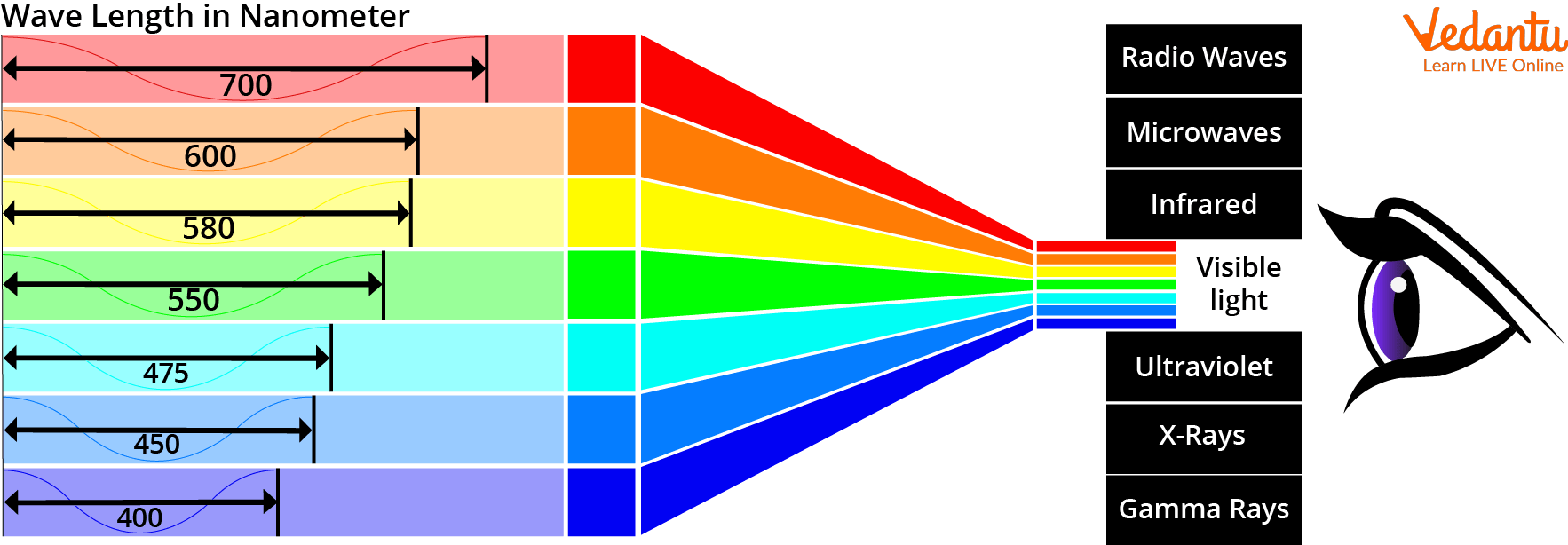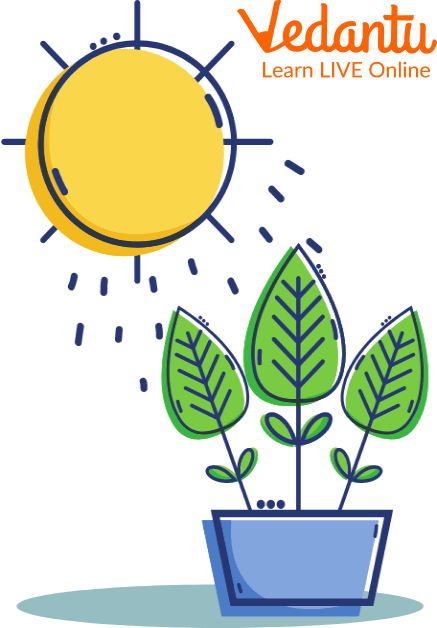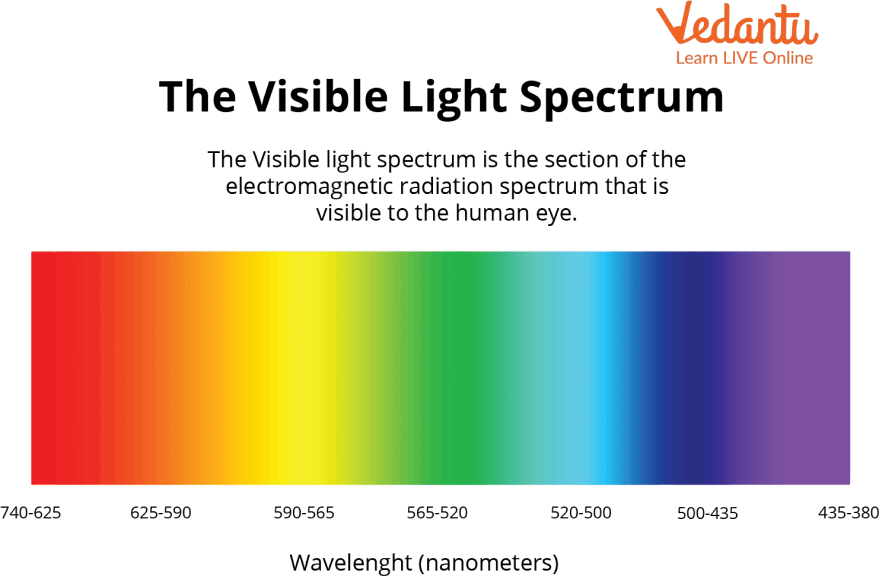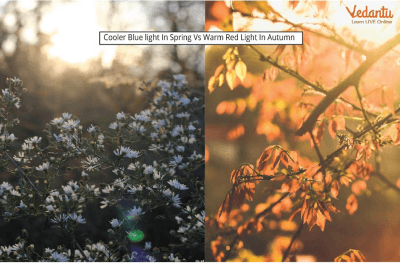




Why Understanding the Light Spectrum Matters in EVS
Have you ever wondered how one can see anything? Or why can’t you see anything in a dark room? Yes, you are thinking right, “light” makes all this possible. With the help of light, you can see all things in the world. But do you know about light’s colour and what spectrum means? No worries, you will learn about it here. First, let’s discuss the spectrum a little bit.
Spectrum is the range of colours of wavelength energy sent out from a light source when viewed through a prism. An example of a spectrum is a rainbow.
What is a Light Spectrum?
Before understanding the concept of the light spectrum, you should understand the wavelength and frequency of a wave (light).
Wavelength: Wavelength is the distance between identical points (adjacent crests) in the adjacent cycles of a wave.
Frequency: The number of times a wavelength is repeated in a second is referred to as frequency.

Wavelength
The range of wavelengths (light spectrum wavelengths) produced by a light source is known as the light spectrum. The term 'light' refers to the visible wavelengths of the electromagnetic spectrum that humans can see between 380 and 740 nanometres when discussing the light spectrum (nm).

Colour Spectrum Wavelength
Physicians are particularly interested in wavelengths that are relevant to plants as growers. Plants sense UV (260–380 nm) and visible (380–740 nm) wavelengths, which include PAR (400–700 nm) and far-red (700–850 nm) energy.
What Effect Does Light Have on Plants?
Photosynthesis and photomorphogenesis are two processes that plants use light for. Photosynthesis is the conversion of light energy into chemical energy by plants and other organisms. Photomorphogenesis is the process through which plants change their growth in reaction to light.

Plant Grows Towards the Light
A plant bending toward a light source is an example of photomorphogenesis. Plants' developmental stages, for example, germination and flowering, are likewise affected by the light spectrum.

Effect of Light on Plant
Plants mostly require light with a wavelength of 400–700 nm for photosynthesis. Photosynthetically Active Radiation (PAR) is a spectrum of light that comprises red, blue and green wavebands.
Experiment on Light Spectrum in the Classroom
There is a simple experiment of Prism that helps us to understand it better. It is a hands-on activity, and students love to do it on their own. In this experiment, the teacher will give a single prism to a single or couple of students, and a beam of white light or sunlight will be passed from one side of the prism.
After that, students will observe a spectrum (seven colours) from the opposite side of the prism. This will help them to understand the splitting of light or a light spectrum diagram which can also be called a colour spectrum chart.

Splitting of White Light by Glass Prism
Range of Light Spectrum
The light spectrum is the range of waves visible to us as humans within the electromagnetic spectrum. The visible spectrum is measured in nanometres (nm) and ranges from 380 nm to 750 nm on the scale that is easily seen in the light wavelength chart.
It means that the visible spectrum's blue end (bottom) has a shorter wavelength than the red end (top).

Light Wavelength Chart
What is the Importance of Light Spectrum?
To reach their greatest potential, plants require the appropriate kind of light. Plants can underperform if they aren't exposed to the correct spectrums of light, growing small and producing low yields. Fortunately, indoor growing techniques have allowed us to replicate the most critical components of plant sunlight received outside.
Plants in the open air receive the sun's entire spectrum of light. The spectrum of light that passes through the atmosphere in the spring produces a bluish colour. Plants can generate strong foliage during the early stages of growth, thanks to the blue spectrum.

Effect of Light Spectrum on Plants
As summer approaches, the sun rises higher in the sky, allowing more light to enter the atmosphere. By the time fall arrives, the sun has begun to set, revealing the red spectra. Plants grow blooms to pollinate before winter because the red wavelength of light heralds the end of summer.
Summary
The light spectrum is the range of waves visible to us as humans within the electromagnetic spectrum. The colour spectrum chart measures the visible spectrum in nanometres (nm) and ranges from 380 nm to 750 nm. Students can understand the concept of the light spectrum by doing some simple hands-on activities of prism and daily life examples of traffic lights and white light concepts.
FAQs on Light Spectrum: Explore and Experiment Live
1. What is the light spectrum, and how many colours does a white beam of light have?
The light spectrum is the section of the electromagnetic radiation spectrum visible to the human eye. It is the range of waves visible to us as humans within the electromagnetic spectrum. The colour spectrum chart measures the visible spectrum in nanometres (nm) and ranges from 380 nm to 750 nm. The range of all EM radiation types is known as the electromagnetic (EM) spectrum. The visible light from a bulb in your home and radio waves from a radio station are two examples of electromagnetic radiation. Radiation is energy that moves and disperses as it does.
A white beam of light or sunlight has seven colours - red, orange, yellow, green, blue, indigo, and violet.
2. How can you say that the spectrum entering the atmosphere is wider than we can see?
Solar energy is emitted by the sun, but only a small amount of it reaches Earth. This is because the ozone layer absorbs and reflects the most destructive radiation, allowing life to flourish. The wavelengths that pass through the ozone include ultraviolet and infrared rays at opposite ends of the visible spectrum. The ozone layer filters waves between 300 and 1100 nanometres. Therefore, the spectrum entering the atmosphere is wider than we can see.
3. Which light travels the farthest?
The red light can penetrate to a longer distance than other lights because it is scattered the least by air molecules in the atmosphere due to its longer wavelength; therefore, red can be seen from the farthest distance!









